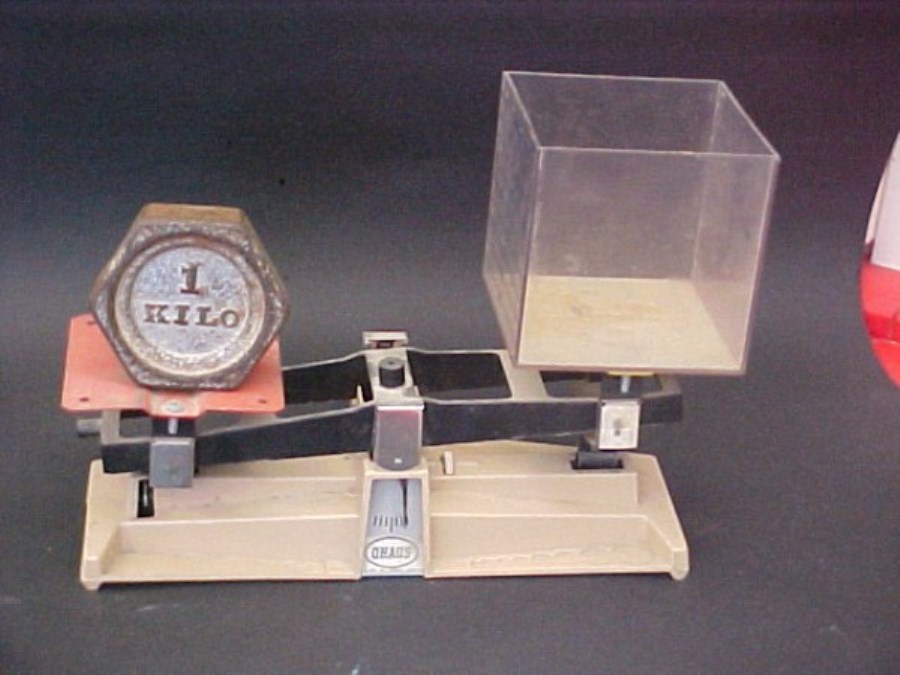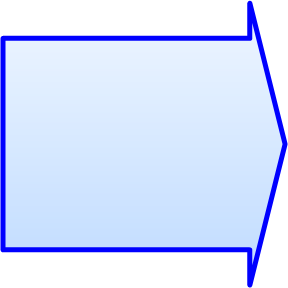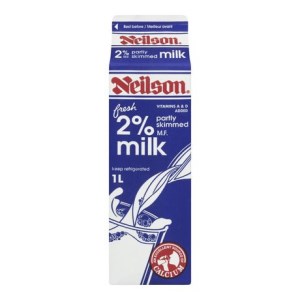Science and Math Measuring Instruments

The Kilogram
We use the metric system in Canada every day. The metric measurement system is standardized.
The word standardize means that everyone agrees, when something needs to be measured in Canada, we are going to use the metric system.
The metric system is used around the world. It is based on a decimal system like our money: 100 pennies = $1.00, 100 centimeters = 1 meter.
Most people in Canada use the meter, liter, and the gram. These are , “units of measurement”, and they are part of our language, but the Metric system was not invented in Canada.
A French astronomer and mathematician, Gabriel Mouton (1618-1694), invented the system. In 1670, it was standardized in France, which means everyone in France had to use it.
After that, over-time, many countries, including Canada, made it their standard unit of measurement. We accepted it, from France, as our official way of measuring, around 1970.
We are going to study the metric system by first studying how capacity, (the total volume something can hold) and mass or weight, (how heavy something is) are connected.
We use the metric system in Canada every day. The metric measurement system is standardized.
The word standardize means that everyone agrees, when something needs to be measured in Canada, we are going to use the metric system.
The metric system is used around the world. It is based on a decimal system like our money: 100 pennies = $1.00, 100 centimeters = 1 meter.
Most people in Canada use the meter, liter, and the gram. These are , “units of measurement”, and they are part of our language, but the Metric system was not invented in Canada.
A French astronomer and mathematician, Gabriel Mouton (1618-1694), invented the system. In 1670, it was standardized in France, which means everyone in France had to use it.
After that, over-time, many countries, including Canada, made it their standard unit of measurement. We accepted it, from France, as our official way of measuring, around 1970.
We are going to study the metric system by first studying how capacity, (the total volume something can hold) and mass or weight, (how heavy something is) are connected.

This weight has a mass of one Kilogram

This empty container has a volume of one cubic decimeter.


In the above photo, the young cat and the one liter of milk both weigh slightly more than one kilogram. They almost balance each other out on the scale, but, you can not use a cat as a standard weight. We will use the kilogram as our standard weight.
On the left side of the photo, a kilogram weight rest on the balance’s platform. On the right side, rests an empty acrylic cube. The cube has an internal volume of one cubic decimeter.
The one kilogram mass is easy to understand. The metal weight is made from steel. Its mass is exactly the same as the official kilogram weight that is sealed in three; air-tight jars, one on top of the other, in Paris France.
But what is a kilogram based on? To understand the kilogram weight you have to understand the internal volume of a cubic decimeter.
If you compare Cubee “D” and Ell, they look very similar, and they are, except for one thing; Ell's size is slightly larger than Cubee “D”.
In fact, if constructed properly, Cubee “D” will fit perfectly inside Ell, that is if Ell has taken the shape of a cube. Remember, Ell is a transformer, and can take different shapes.
Go back to the photo of the kilo weight and the cubic decimeter container. This is very important! You cannot see the small weights hidden behind the 1kilo weight.
First, I placed gram weights on the scale’s empty platform until they counter-balanced the weight of the container; in other words, I neutralized the weight of the container's mass.
Now the mass of the acrylic container will not be a part of our calculation.
After I counter-balanced the container, I hid the weight behind the one kilo weight which I carefully placed on the platform.
This is a very important and necessary experiment for you to perform in your understanding of the metric system!
Once you have the scale set up properly with the weight and the counter-balanced cubic decimeter, pour water into the container until the scale goes into its balance mode. Carefully observe how much water is in the container.
Now pour the water from the container into a measuring container and observe the total amount of water, in millilitres, that there are in the container.
You should now be able to observer the relationship between a cubic decimeter of water and a kilogram.
The one kilogram mass is easy to understand. The metal weight is made from steel. Its mass is exactly the same as the official kilogram weight that is sealed in three; air-tight jars, one on top of the other, in Paris France.
But what is a kilogram based on? To understand the kilogram weight you have to understand the internal volume of a cubic decimeter.
If you compare Cubee “D” and Ell, they look very similar, and they are, except for one thing; Ell's size is slightly larger than Cubee “D”.
In fact, if constructed properly, Cubee “D” will fit perfectly inside Ell, that is if Ell has taken the shape of a cube. Remember, Ell is a transformer, and can take different shapes.
Go back to the photo of the kilo weight and the cubic decimeter container. This is very important! You cannot see the small weights hidden behind the 1kilo weight.
First, I placed gram weights on the scale’s empty platform until they counter-balanced the weight of the container; in other words, I neutralized the weight of the container's mass.
Now the mass of the acrylic container will not be a part of our calculation.
After I counter-balanced the container, I hid the weight behind the one kilo weight which I carefully placed on the platform.
This is a very important and necessary experiment for you to perform in your understanding of the metric system!
Once you have the scale set up properly with the weight and the counter-balanced cubic decimeter, pour water into the container until the scale goes into its balance mode. Carefully observe how much water is in the container.
Now pour the water from the container into a measuring container and observe the total amount of water, in millilitres, that there are in the container.
You should now be able to observer the relationship between a cubic decimeter of water and a kilogram.


